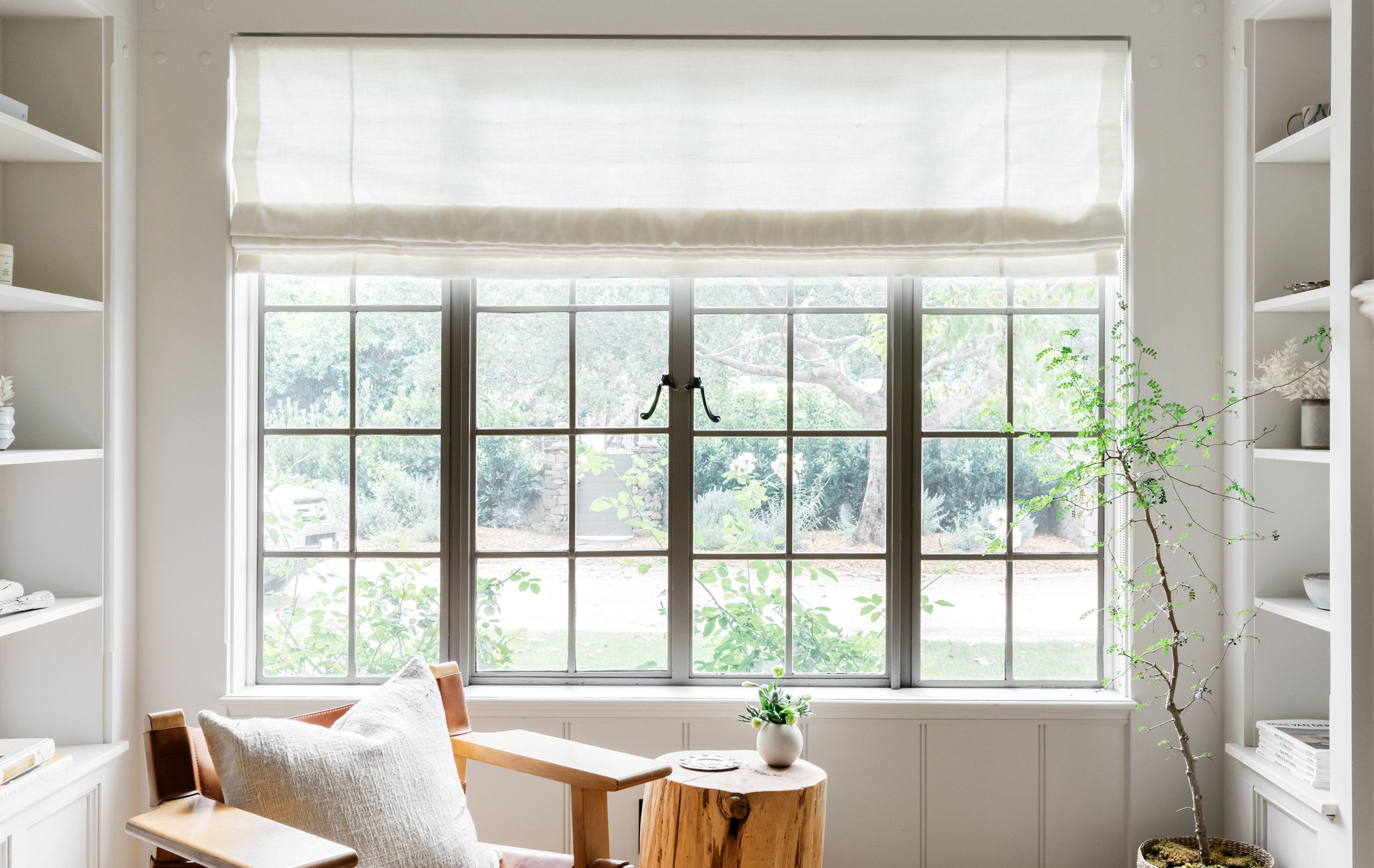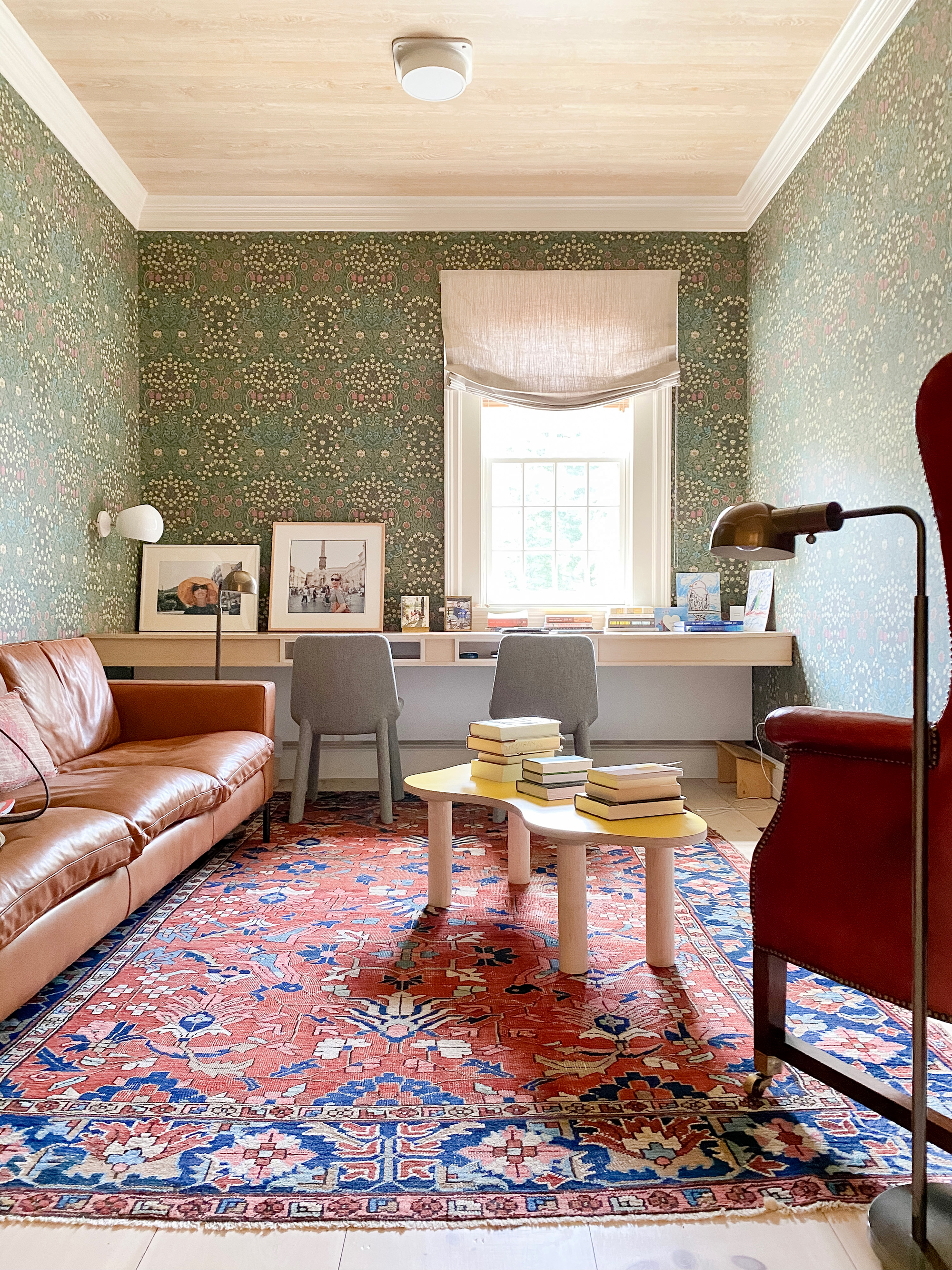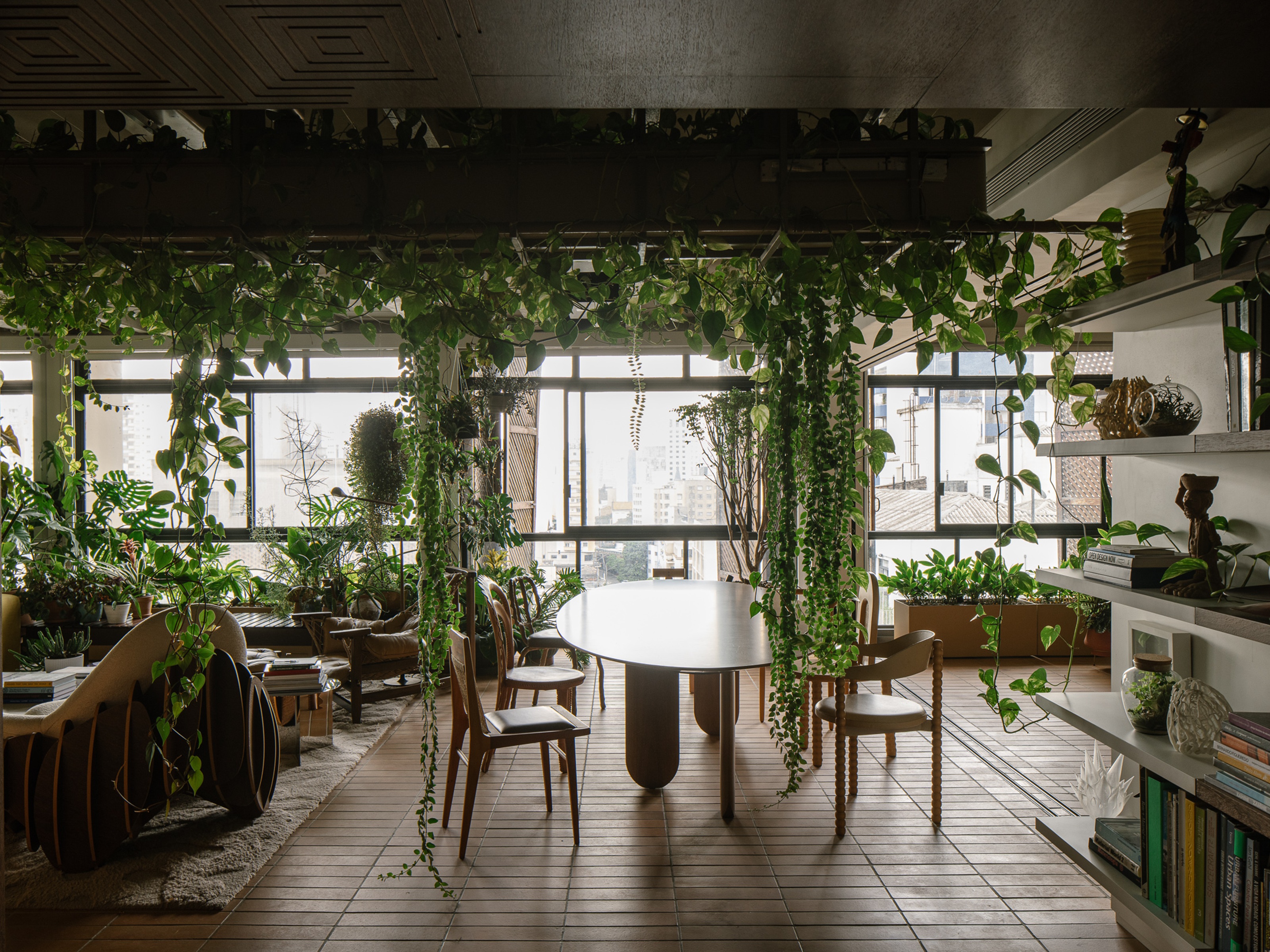How to measure a window for blinds, plus the most common measuring mistakes you need to avoid
Learning how to measure a window for blinds is essential before you order. Here, we get the expert lowdown on what (and what not) to do


Before you buy, many online vendors will now require you to know how to measure a window for blinds correctly, especially when they're being made bespoke for your space. Whether you're opting for Venetian or roller blinds or Roman shades, getting the measurements rights is essential for a good finish to your room, and fewer brands are now offering at-home measuring services as part of their package.
It isn't too tricky, so don't let having to provide your own measurements put you off from ordering your living room window treatments (or wherever else in the house you're using them) online, there are just a few things you need to think about to know which parts of your window you need to measure.
Here, we explain the basics of how to measure a window for blinds, and get some expert tips along the way to make sure you avoid any pitfalls.
How do you measure a window for blinds?
Before you begin measuring, you first need to decide whether you're going to mount your blinds. For outside mount blinds, those that are hung above a window rather than in it, you'll need different measurements taken that for an inset mount blind.
Really, the only two measurements you need are the width and the length (or drop) of the window, and these can be easily taken with a standard metal tape measure and an extra pair of hands.
However, it's worth being thorough with your measurements, especially if you think that your windows might not be perfectly square or rectangular. 'If your windows are older or not perfectly even, make sure to check the window in three places to get your proper dimensions,' suggests Davina Ogilvie, founder of Wovn Home. 'For width, check the measurement across the top, middle and bottom of the window.'
'The smallest of the three measurements should be your ordering width,' she adds. 'For height, measure the height of the window also in three places – left, center and right. The largest of the measurements should be your ordering height.'
How much space should you leave around a window with blinds?
Largely, if you provide the measurements for the entire window for an inset mount blind, most will offer fill coverage without requiring you to adjust the size for the raising mechanism. If, however, you're choosing a blind or shade for a flush window, or an outside mount, you'll want to add a border of at least 2” either side of the window to ensure your blind keeps out the light, but looks in proportion.
How deep does a window need to be for an inside mount?
Another measurement you'll need to take for an inside mount blind or shade is the depth of the window itself to ensure there's enough room for it to be mounted properly.
'If you think an inside mount is the best fit for your space, first measure your window depth,' says Woven Home's Davina Ogilvie. 'You'll need to ensure the opening where the shade will be mounted is a minimum depth. This can vary by vendor, but it's at least 1 1/2” deep for proper installation with Wovn Home shades.'
The depth you require will depend on the thickness of your blind material, and the system used to hang it.
How high shout an outside mount blind be hung?
An outside mount blind gives you a little more freedom over placement, and while you may think you want it as close to the window as possible, that's not always the best decision.
'With outside mounted shades you also have the flexibility to install the shade 7-10” above the window itself, so that when the shade is pulled all the way up, the shade does not block any light from coming through the window,' Davina explains. 'I highly recommend doing this if you want to make sure the room gets as much light as possible when the shade is up.'
'Outside mounted Roman shades can also help windows and rooms appear larger, as they extend beyond the frame, and can also disguise uneven window sizes or not-so-attractive window trim,' Davina adds.
The golden spot is where the blind just breaches the edge of the window when fully raised, so you can't see any wall between the window and the shade. Remember to add this dimension to the drop of your blind to ensure it reaches the base of your window.

This neutral Roman shade is available from Wovn Home.
What are the biggest mistakes when measuring windows for blinds and shades?
If you've ever lived in an older house, you'll know not to take for granted that measurements are the same. This goes for both across the length and width of the window, and when measuring multiple windows. Not measuring every window individually, and across three different cross-sections, is a big mistake you might come to regret.
Usually, it's in your best interest to provide the measurements for the whole window recess for inside mount blinds. Don't try and adjust yourself, as most retailers will do that to ensure their individual products fit. If you do it yourself, they'll also make these adjustments and you'll have blinds that are too small.
Finally, don't use a cloth tape measure to measure windows for blinds, as it can give you less accurate results. Stick to a metal tape measure, and keep your measurements clearly labeled so you don't mix them up and order your blinds in the wrong size. If in doubt, double check.
Be The First To Know
The Livingetc newsletters are your inside source for what’s shaping interiors now - and what’s next. Discover trend forecasts, smart style ideas, and curated shopping inspiration that brings design to life. Subscribe today and stay ahead of the curve.

Hugh is Livingetc.com’s editor. With 8 years in the interiors industry under his belt, he has the nose for what people want to know about re-decorating their homes. He prides himself as an expert trend forecaster, visiting design fairs, showrooms and keeping an eye out for emerging designers to hone his eye. He joined Livingetc back in 2022 as a content editor, as a long-time reader of the print magazine, before becoming its online editor. Hugh has previously spent time as an editor for a kitchen and bathroom magazine, and has written for “hands-on” home brands such as Homebuilding & Renovating and Grand Designs magazine, so his knowledge of what it takes to create a home goes beyond the surface, too. Though not a trained interior designer, Hugh has cut his design teeth by managing several major interior design projects to date, each for private clients. He's also a keen DIYer — he's done everything from laying his own patio and building an integrated cooker hood from scratch, to undertaking plenty of creative IKEA hacks to help achieve the luxurious look he loves in design, when his budget doesn't always stretch that far.
-
 The Weighted Blanket That Doesn’t Make You Sweat (and the Eye Mask to Match)
The Weighted Blanket That Doesn’t Make You Sweat (and the Eye Mask to Match)Luxury has weight. And apparently, volcanic minerals
By Julia Demer
-
 What Is Biophilic Interior Design? I'm an Actual Biophilic Designer, and This Is How to Apply It to Your Home
What Is Biophilic Interior Design? I'm an Actual Biophilic Designer, and This Is How to Apply It to Your HomeA biophilic designer explains the core principles of this practice, and the easy ways you can apply it to your home's design
By Marianna Popejoy